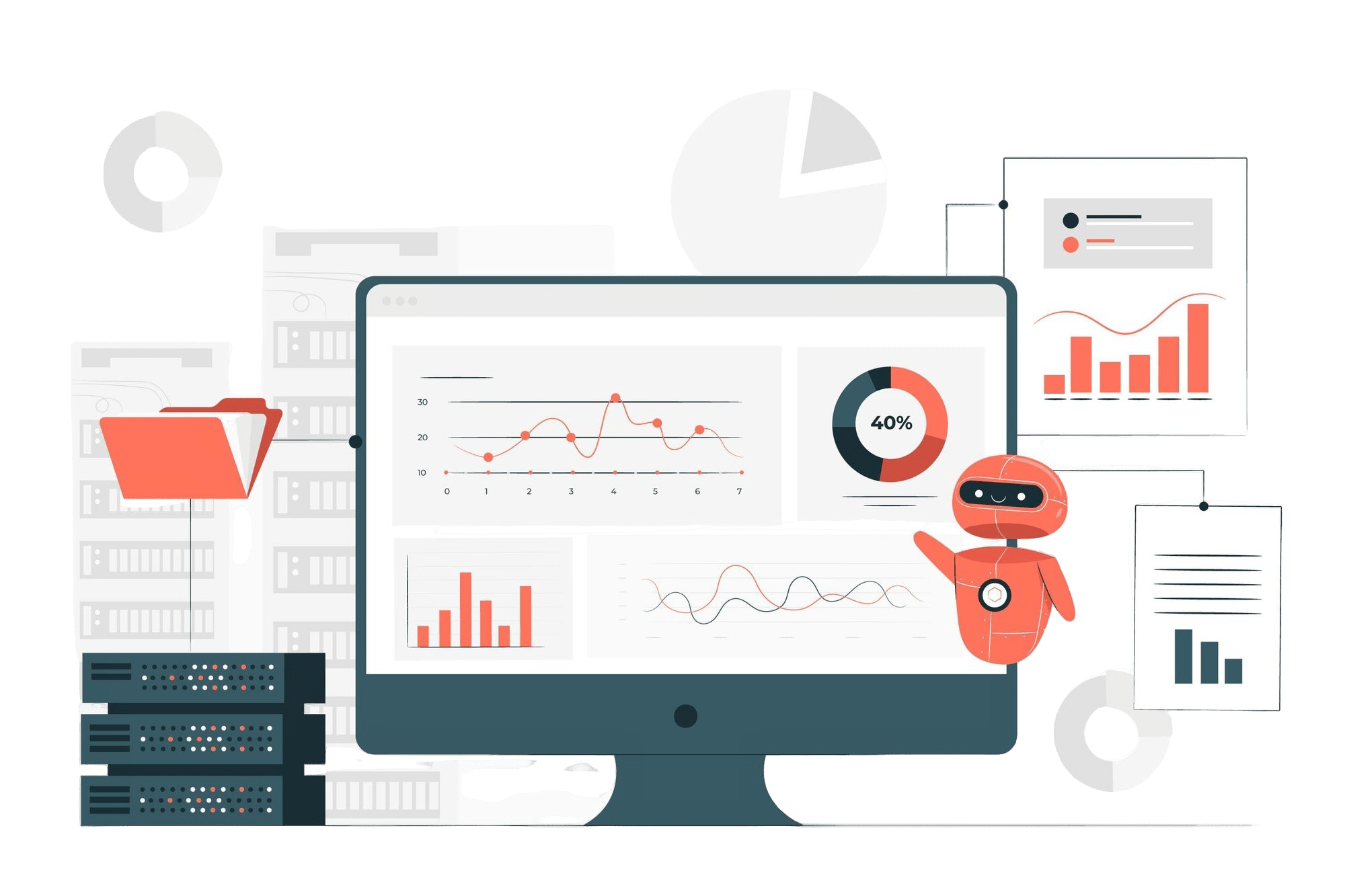Strategies for Effective Data Transformation

In today’s data-driven world, making informed decisions relies heavily on the quality of your data. Clean data is the backbone of any successful analysis, visualization, or reporting. Without it, even the most sophisticated tools and algorithms will struggle to provide accurate insights.
In this blog, we’ll delve into why clean data is critical, share real-life examples of its impact, and explore strategies and tools to make data transformation seamless.
The Importance of Clean Data
Data cleaning ensures your dataset is free from errors, inconsistencies, and missing values. It’s like setting a solid foundation for a house—no matter how well-built the structure is, a weak foundation will eventually cause problems.
Imagine analyzing sales data with duplicate entries or mismatched formats. These errors can lead to incorrect insights, poor decision-making, and wasted resources. Clean data:
- Improves the accuracy of analytics and reporting.
- Enhances the efficiency of predictive models.
- Builds trust in your data and results.
Real-Life Example: The Cost of Messy Data
Let’s take an example from a project I worked on—a sales dashboard for a retail company. The raw data had multiple issues:
- Missing customer IDs for key transactions.
- Inconsistent date formats across different sources.
- Duplicates in product sales entries.
By cleaning the data—removing duplicates, standardizing formats, and filling gaps with calculated estimates—we turned a chaotic dataset into a reliable source. The result? The company gained clear insights into customer behavior, leading to a 20% increase in targeted sales campaigns' efficiency.
Strategies for Effective Data Transformation
- Understand the Dataset
Before diving into transformation, explore your dataset. Identify inconsistencies, missing values, and patterns. - Handle Missing Data
- Use imputation techniques like replacing missing values with the mean, median, or a default placeholder.
- Drop rows or columns with excessive missing data if they don’t impact analysis significantly.
- Standardize and Normalize
- Ensure uniformity in date formats, currency, and measurement units.
- Normalize numerical data for comparability across variables.
- Remove Duplicates
Duplicates can distort metrics. Use tools like Excel’s Remove Duplicates or SQL queries to filter them out. - Automate Repetitive Tasks
Employ tools like Excel Macros, Python scripts, or AppSheet to streamline data cleaning processes. Automation saves time and minimizes human error.
Tools for Seamless Data Preparation
- Excel: Ideal for smaller datasets with features like text-to-columns, conditional formatting, and advanced filters.
- Power Query: A robust tool in Excel for importing, cleaning, and transforming data efficiently.
- Python: Libraries like Pandas and NumPy offer extensive functionality for data manipulation.
- SQL: Perfect for cleaning large datasets in databases, allowing operations like deduplication and data joins.
- Power BI: Provides intuitive tools for shaping and cleaning data before visualization.
Final Thoughts
Clean data isn’t just a technical step—it’s a strategic one. Investing time in data cleaning ensures your analysis is accurate, actionable, and impactful. As the saying goes, “Garbage in, garbage out.” Start with clean data, and the insights you derive will always be reliable.
By adopting these strategies and tools, you can turn even the messiest datasets into valuable assets that drive informed decision-making.
Do you have a data cleaning challenge or want to explore these techniques further? Let’s connect and discuss how we can make your data work smarter!
